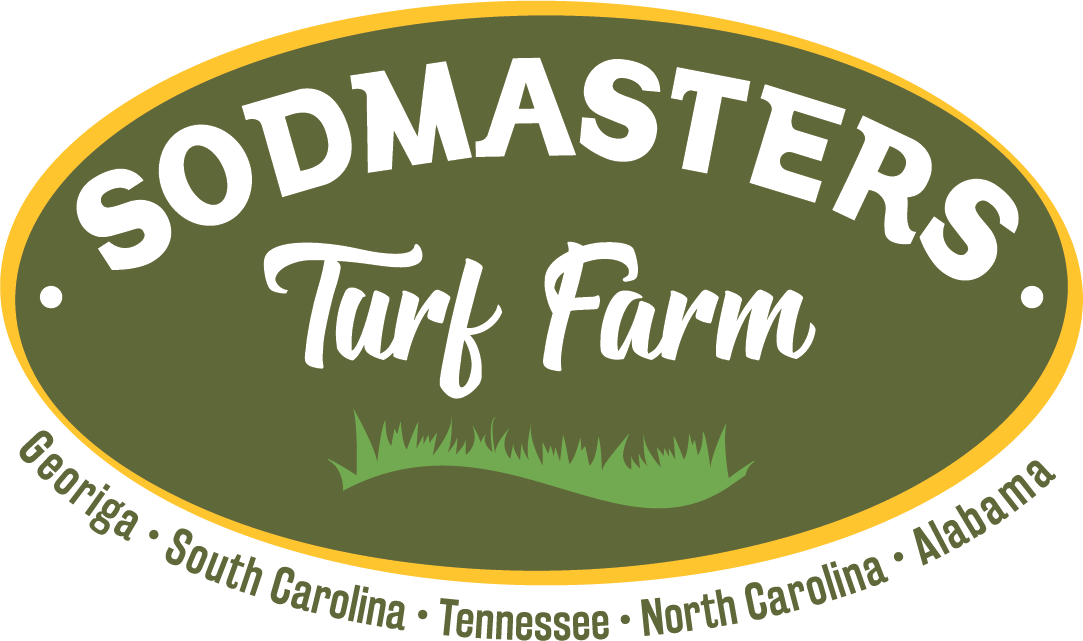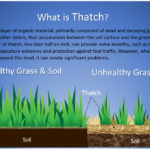When choosing sod for your lawn the climate and soil conditions play pivotal roles in determining the best type of grass. Here’s a straightforward guide to help you select the ideal sod for various environments and uses across the Southeast, specifically in Georgia, Florida, South Carolina, North Carolina, Tennessee and Alabama.
1. Understanding Your Climate Zone
The Southeast US features primarily a humid subtropical climate, but the conditions can vary significantly. For instance, the coastal areas tend to be warmer and milder in winter compared to the more inland areas, which may experience colder temperatures. These regional climate variations affect the type of sod that will thrive in your area.
2. Types of Sod Suitable for the Southeast
Here are some popular types of sod suited to the Southeastern US:
Bermuda Grass
- Ideal for: High-traffic areas, sports fields, and golf courses.
- Benefits: Bermuda grass is heat-tolerant, drought-resistant, and grows quickly, making it an excellent choice for areas that receive a lot of sunlight.
- Best for: Particularly well-suited for the warmer and sunnier areas.
Zoysia Grass
- Ideal for: Residential lawns and commercial landscapes.
- Benefits: Zoysia is durable, shade-tolerant, and has a fine texture, which makes for a beautiful, dense lawn. It is slower growing, which means it requires less frequent mowing.
- Best for: Works well in all southern states, especially in lawns that have partial shade.
Centipede Grass
- Ideal for: Low-maintenance landscapes.
- Benefits: Centipede grass is known for its low fertility requirements and ability to thrive in acidic soils, which are common in the Southeast. It’s less aggressive than other grasses, making it easier to manage alongside gardens and flowerbeds.
- Best for: It’s particularly suited for coastal regions with sandy soils.
St. Augustine Grass
- Ideal for: Shady and coastal areas.
- Benefits: St. Augustine grass is highly shade-tolerant and can handle salty conditions, making it a favorite for coastal areas. It has a strong, green appearance and a thick growth habit, which helps crowd out weeds.
- Best for: Excellent choice for coastal areas.
3. Consider the Soil Type
The soil composition of your area can significantly influence the success of your sod. Before installation, it might be beneficial to have a soil test conducted. This test will help determine the soil’s pH and nutrient content, allowing you to amend the soil appropriately or choose a grass type that will thrive in existing conditions.
4. Usage and Maintenance
Consider how the area where the sod will be laid is used. Do you have children or pets that will play on the lawn? Are you looking for a low-maintenance option for a rental property? Different types of sod can withstand varying levels of wear and tear.
5. Professional Advice
When in doubt, consult with a professional from a local sod farm or a landscaping expert who understands the specific challenges and benefits of the climate in your area. They can provide valuable insights tailored to your particular needs and environmental conditions.
Choosing the right sod involves considering your local climate, soil type, and how you plan to use your lawn. By selecting the appropriate type of grass, you can ensure a healthy lawn that meets your aesthetic and functional needs.
For more information and expert advice, contact Sodmasters at 866-42GRASS.



